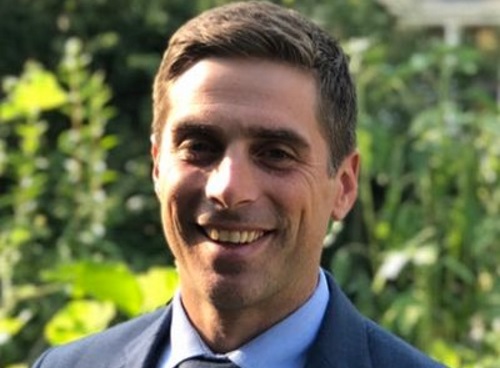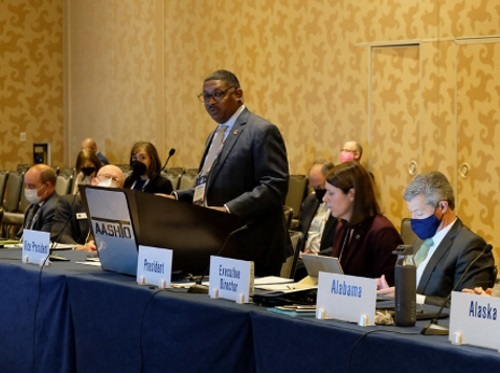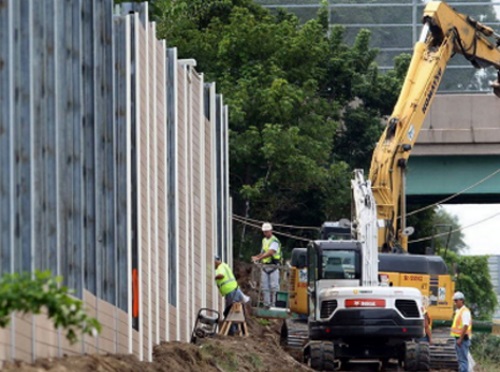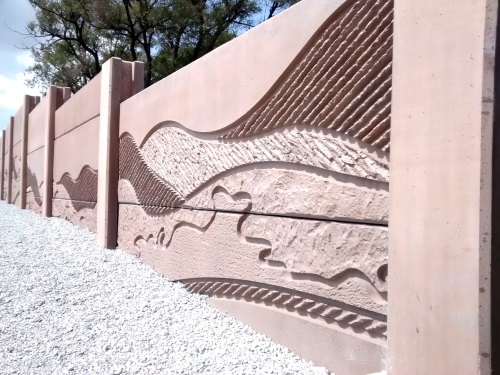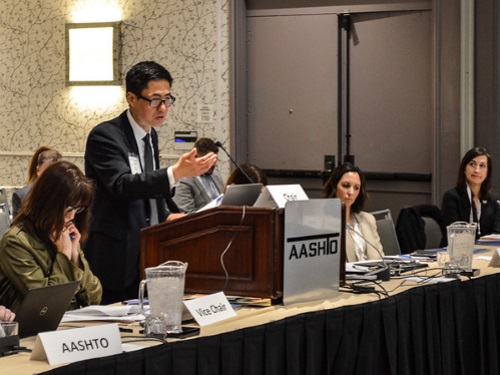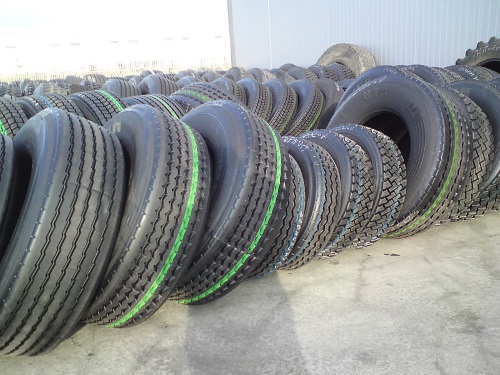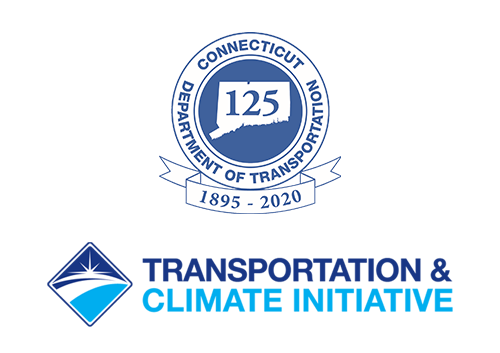This episode of the Environmental Technical Assistance Program or ETAP Podcast focuses on the upcoming Transportation Research Board’s 2022 Annual Meeting, held in Washington D.C. January 9-13, along with a preview for the TRB Sustainability and Emerging Transportation Technology Conference taking place March 15-18 in Irvine, CA.
For this podcast, Tim Sexton (seen above) – chief sustainability officer for the Minnesota Department of Transportation and Chair of TRB’s Transportation and Sustainability Committee – will provide an overview of both sessions. To listen to this podcast, click here.
[Above image via the Minnesota DOT]
The 101st annual TRB meeting also features U.S. Transportation Secretary Pete Buttigieg as the keynote speaker for the plenary session. He will give opening remarks and then participate in a “fireside chat” on stage with the chair and vice-chair of TRB’s Executive Committee.
The American Association of State Highway and Transportation Officials along with several state departments of transportation will also be headlining several key sessions at TRB’s annual meeting as well.
Dr. Shawn Wilson – secretary of the Louisiana Department of Transportation and Development – will lead a state DOT chief executive roundtable entitled “State DOTs: Creating Pathways to Equity.” Wilson has made equity one of his key emphasis areas during his yearlong tenure as AASHTO’s 2021-2022 president.
Roger Millar, secretary of the Washington State Department of Transportation, will lead a panel entitled “State DOTs Partnering to Deliver Public Benefits of the Infrastructure Investment and Jobs Act.” Millar – who serves as AASHTO’s 2021-2022 vice president – will delve into the disbursement specifics of the funding from the $1.2 trillion surface transportation law, passed in November 2021.
AASHTO’s Caroline Kieltyka will lead a session on “Supply Chain Disruptions: Public Agency Perspectives,” focusing on freight and maritime issues.
Additionally, AASHTO’s Matthew Hardy will lead a session entitled “Embracing the Triple Bottom Line: Incorporating Social Equity and Environmental Sustainability into Your Asset Management Program,” with a particular focus on infrastructure-related concerns.
TRB also plans to host a special session honoring the legacy of Francis B. Francois, who served as AASHTO’s executive director from 1980 to 1999. Francois passed away in February 2021 in Chicago at the age of 87.

